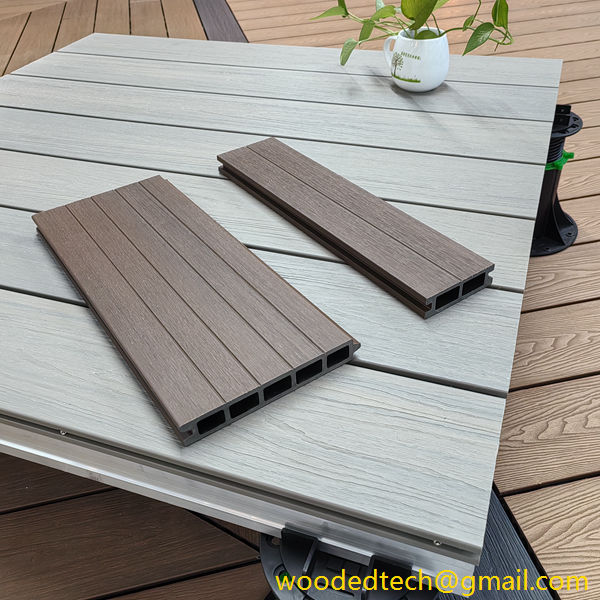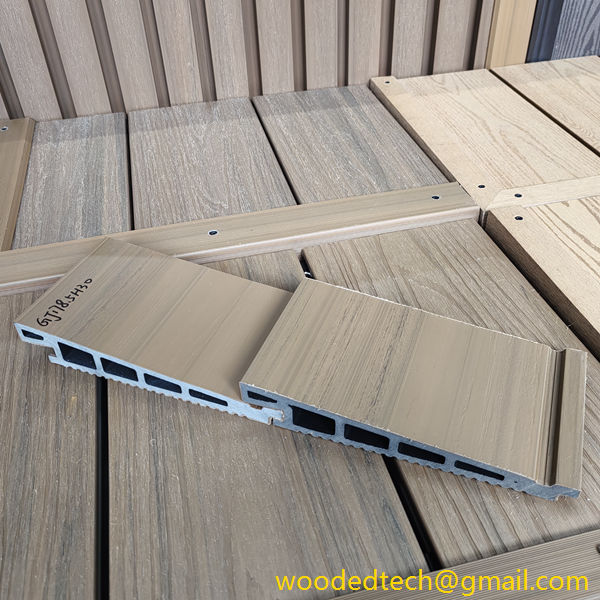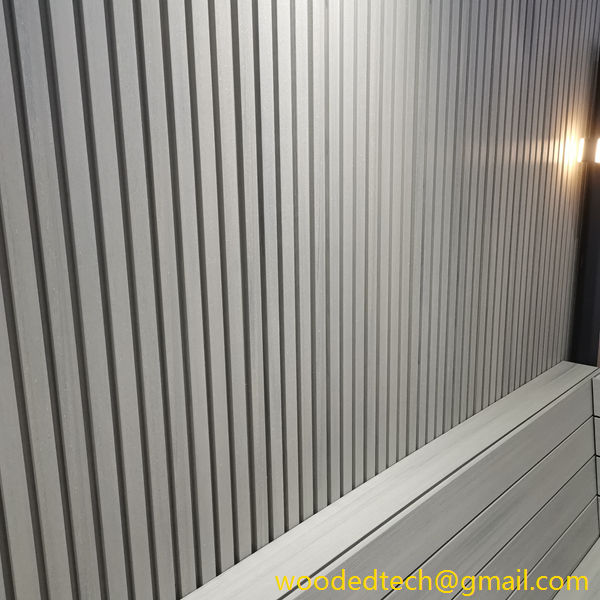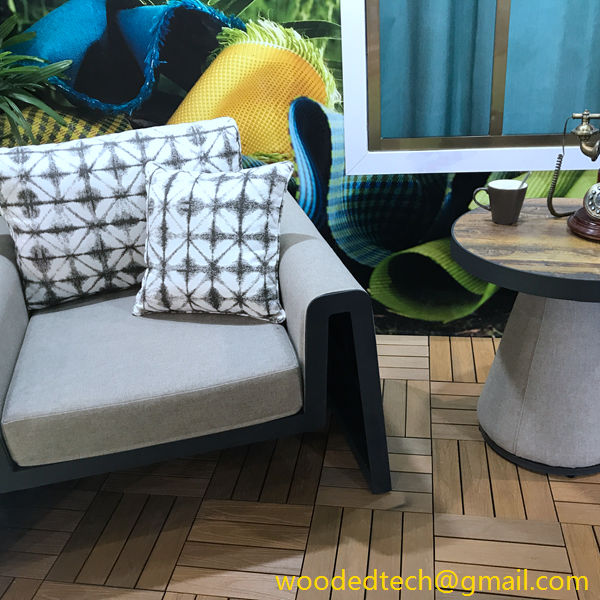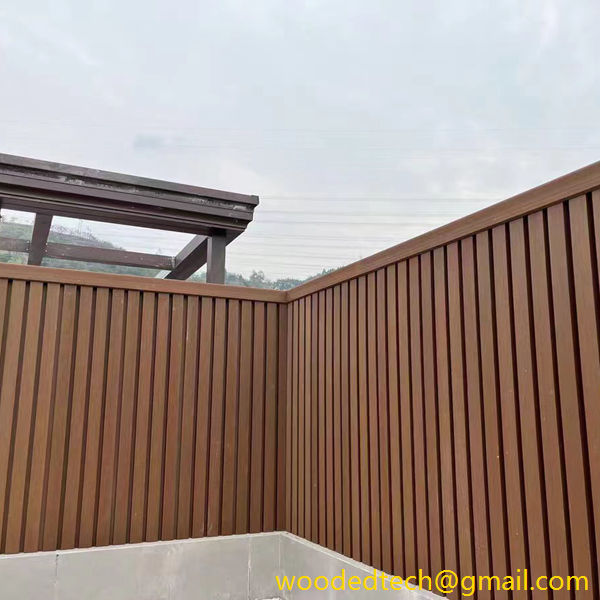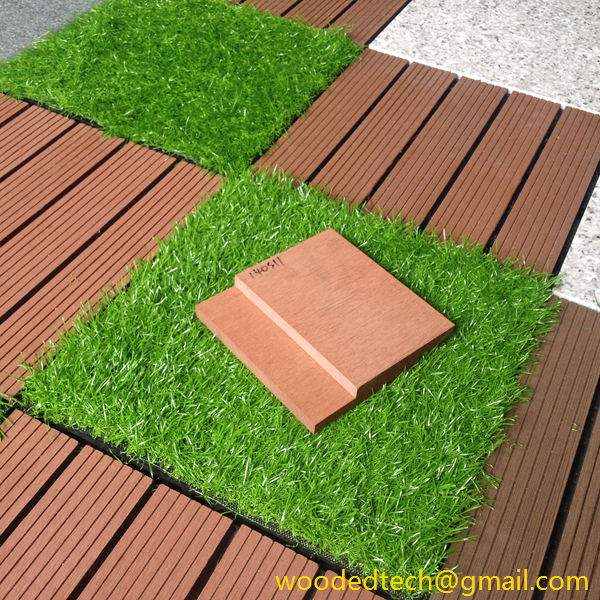Explore the Versatility of WPC Deck Wood for Your Projects
Wood Plastic Composite, commonly known as WPC, has gained tremendous popularity in various applications, particularly in the construction and landscaping industries. This innovative material combines the natural beauty of wood with the durability and low maintenance of plastic, making it an ideal choice for decking projects. Understanding the production process of WPC can provide valuable insights into its versatility and suitability for a wide range of projects.
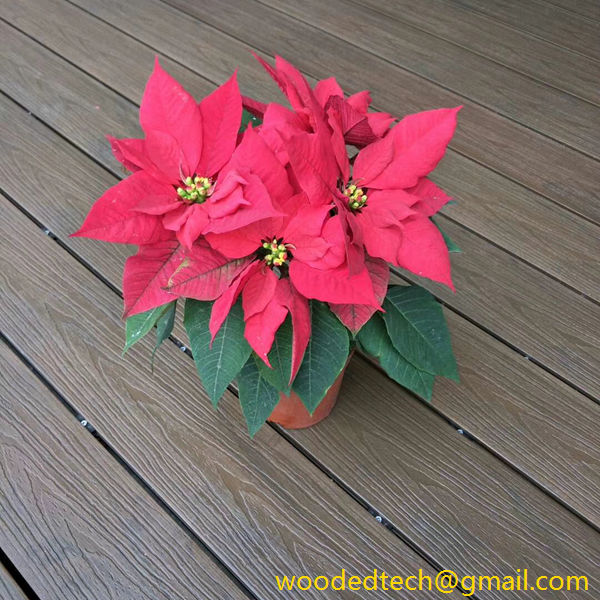
The production of WPC begins with the careful selection of raw materials. Typically, WPC is made from a blend of recycled wood fibers and thermoplastic resins. The wood fibers can come from various sources, including sawdust, wood shavings, and other wood by-products, which not only makes WPC an environmentally friendly option but also reduces waste in the wood processing industry. The thermoplastic resins are usually high-density polyethylene or polypropylene, which contribute to the material’s strength and resilience.
Once the raw materials are sourced, the production process involves several key steps. Initially, the wood fibers are processed to ensure they are uniform in size and free from impurities. This step is crucial as it affects the overall quality and performance of the final product. The processed wood fibers are then mixed with the thermoplastic resins in a specific ratio, which can vary depending on the desired properties of the WPC. This blending process is typically conducted using advanced machinery that ensures a homogeneous mixture.
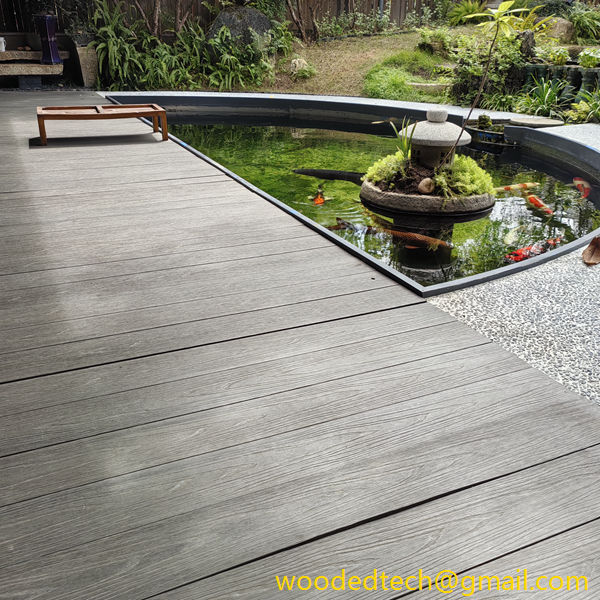
After the mixing process, the composite material undergoes extrusion. During this stage, the blended mixture is heated and forced through a die to create long profiles of WPC. The extrusion process can be customized to produce various shapes and sizes, which enhances the versatility of WPC for different applications. For instance, WPC can be extruded into planks, tiles, or even custom shapes to meet specific design requirements.
Cooling and cutting are the subsequent steps in the production process. Once the WPC profiles are extruded, they are cooled to solidify their shape. This cooling process can be done using air or water, depending on the production facility’s capabilities. After cooling, the WPC is cut into desired lengths, ready for packaging and distribution. Quality control measures are implemented throughout the production process to ensure that the final product meets industry standards for strength, durability, and appearance.
One of the remarkable features of WPC is its adaptability to various finishes and textures. Manufacturers can apply different surface treatments to enhance the aesthetic appeal of WPC decking. For example, WPC can be embossed to mimic the grain of natural wood or coated with UV-resistant finishes to prevent fading from sunlight exposure. This versatility allows designers and builders to create beautiful outdoor spaces that retain the look of traditional wood without the associated maintenance challenges.
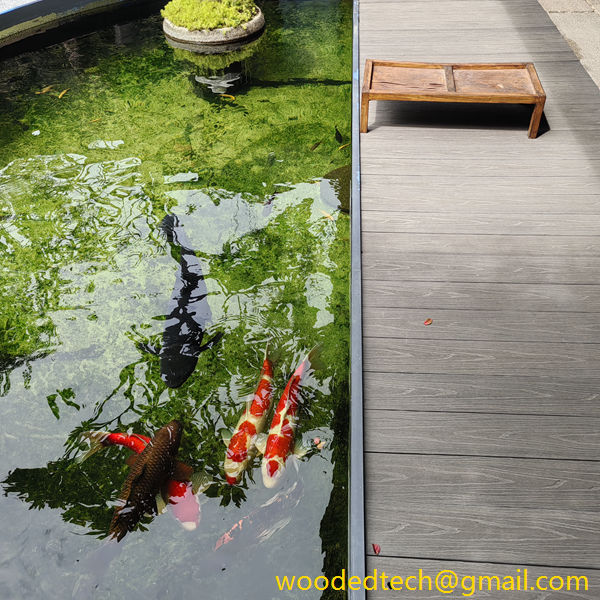
Furthermore, WPC is highly resistant to common issues that affect traditional wood, such as warping, splintering, and insect infestations. This inherent durability makes WPC an excellent choice for outdoor applications, including decks, patios, and walkways. Additionally, WPC is moisture-resistant, which minimizes the risk of mold and mildew growth, further enhancing its appeal for outdoor use.
The environmental benefits of WPC should not be overlooked. By utilizing recycled materials and reducing the demand for virgin timber, WPC production has a lower environmental impact compared to traditional wood sourcing. This eco-friendly aspect is increasingly important to consumers who are looking for sustainable building materials.
In terms of installation, WPC decking offers several advantages. It is lightweight compared to traditional wood, making it easier to handle and install. Additionally, many WPC products come with interlocking systems or hidden fasteners, providing a seamless appearance without visible screws or nails. This feature not only enhances the overall aesthetic but also contributes to the longevity of the decking, as there are fewer points of potential failure.
In conclusion, WPC deck wood is a versatile and innovative material that offers numerous advantages for various projects. Its unique production process, which combines recycled wood fibers with thermoplastic resins, results in a durable and low-maintenance product that can mimic the beauty of natural wood. The adaptability of WPC to different finishes, combined with its resistance to common wood-related issues, makes it an excellent choice for outdoor applications. As sustainability continues to be a priority in construction practices, WPC stands out as an environmentally friendly option that meets the demands of modern building projects. Whether for residential decks or commercial landscaping, WPC deck wood is a reliable choice that promises longevity and aesthetic appeal.

